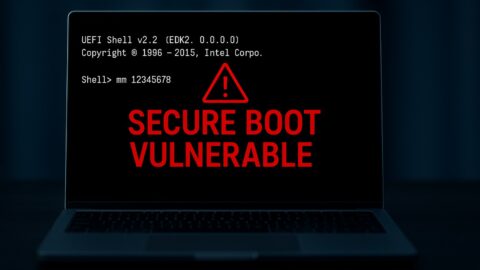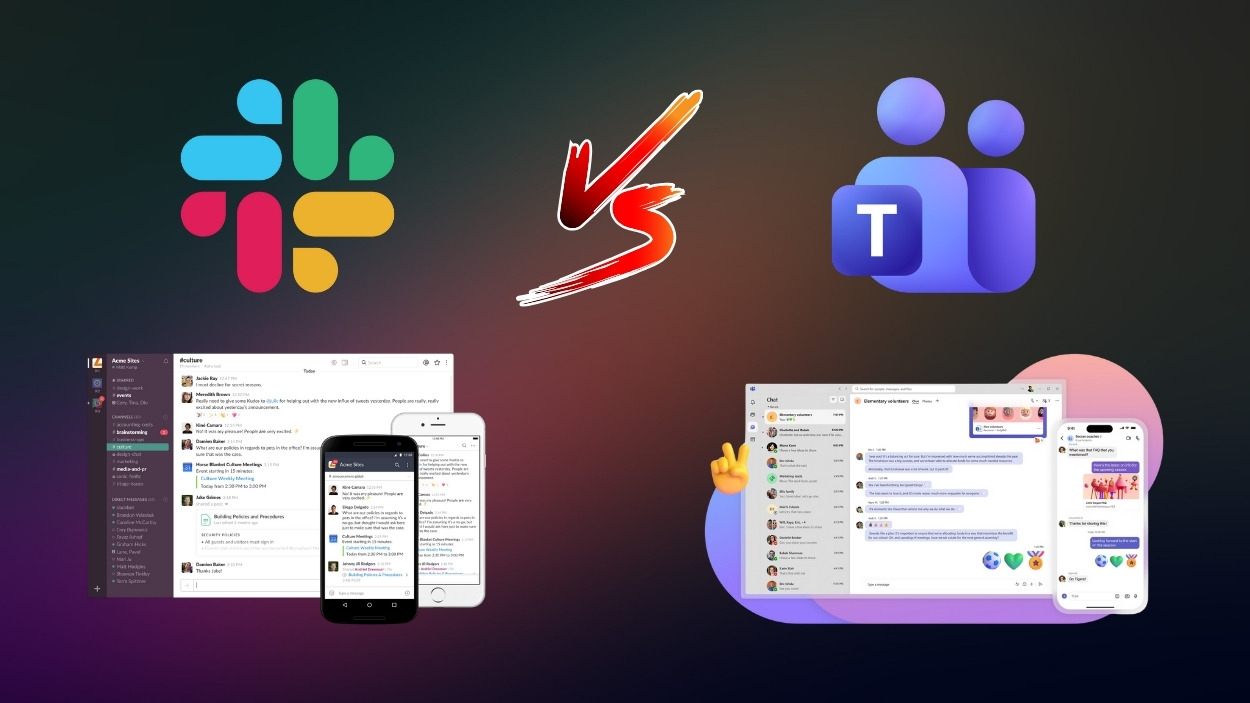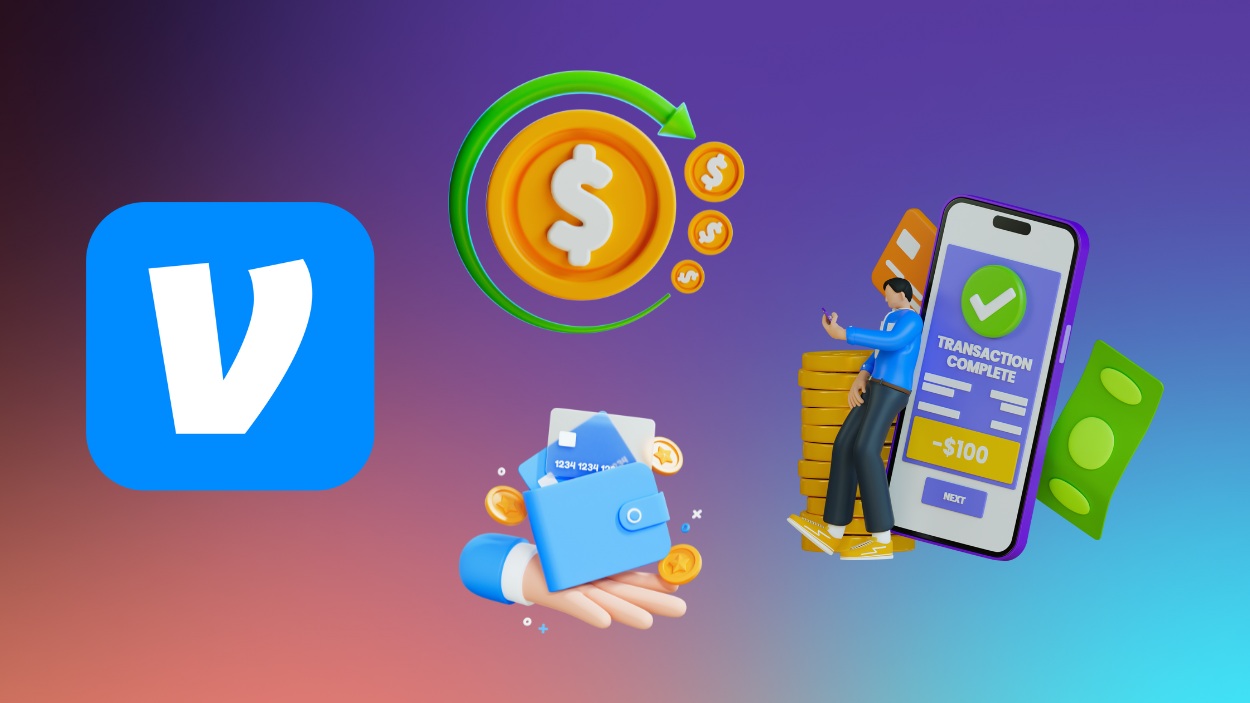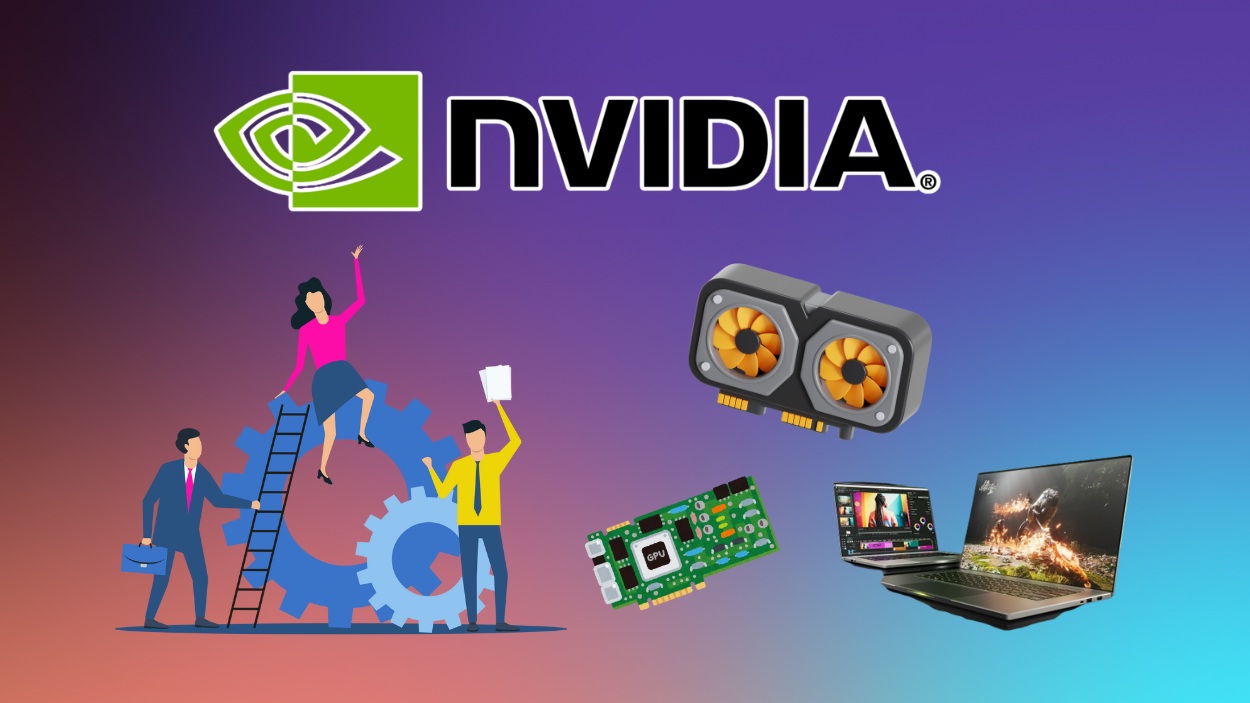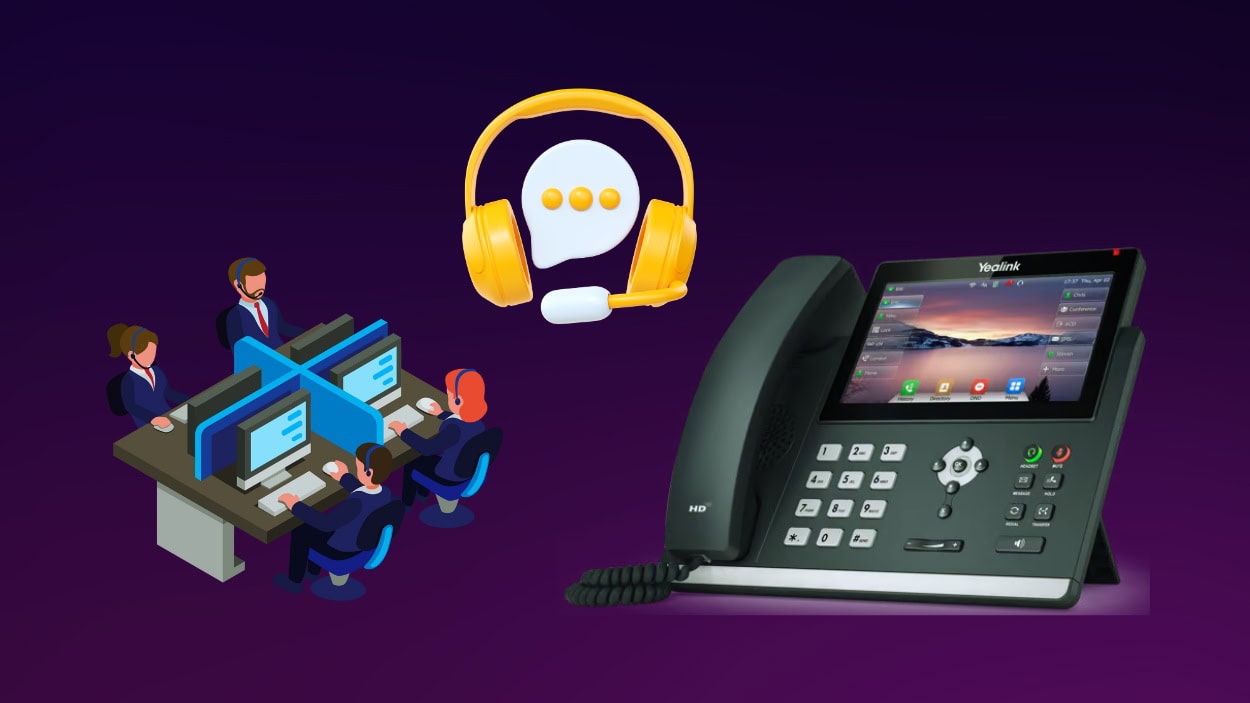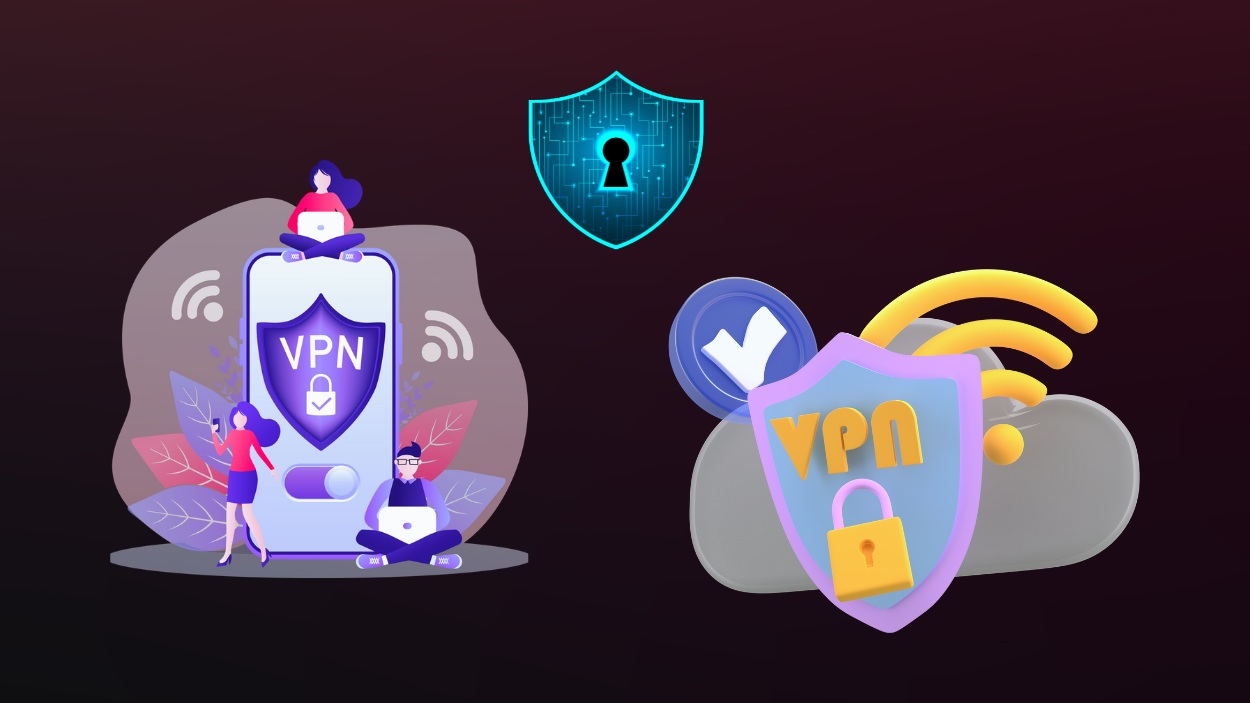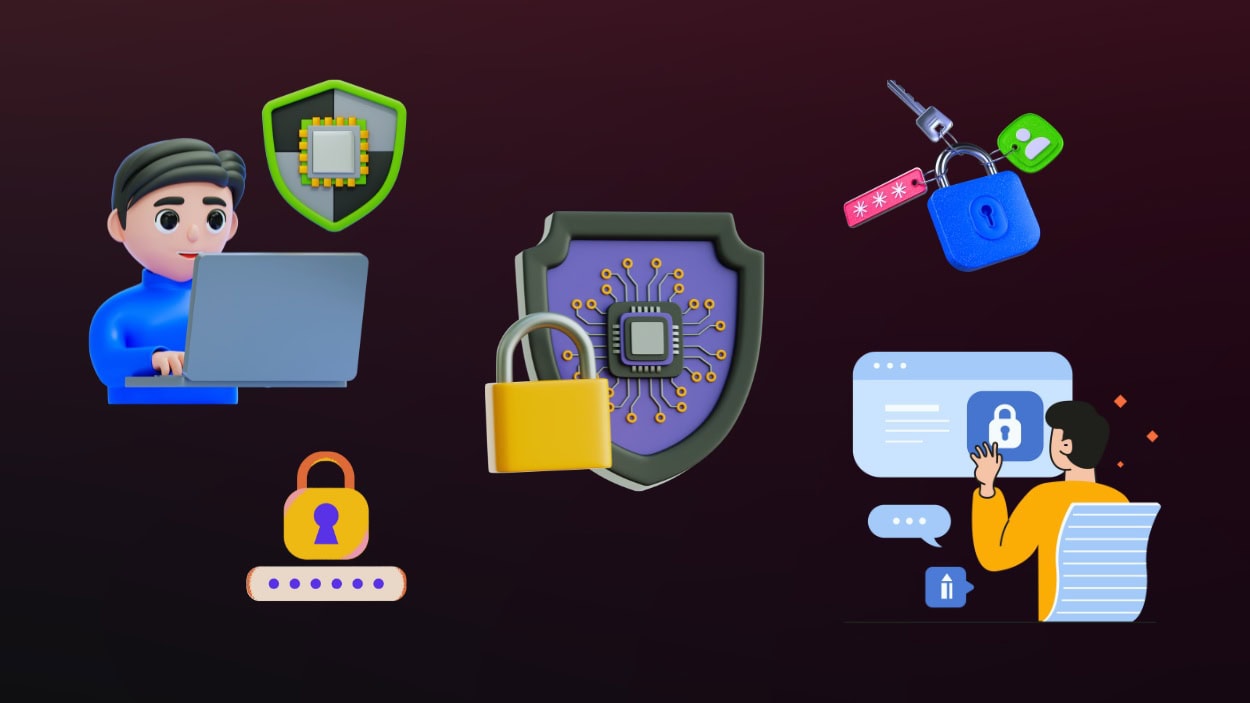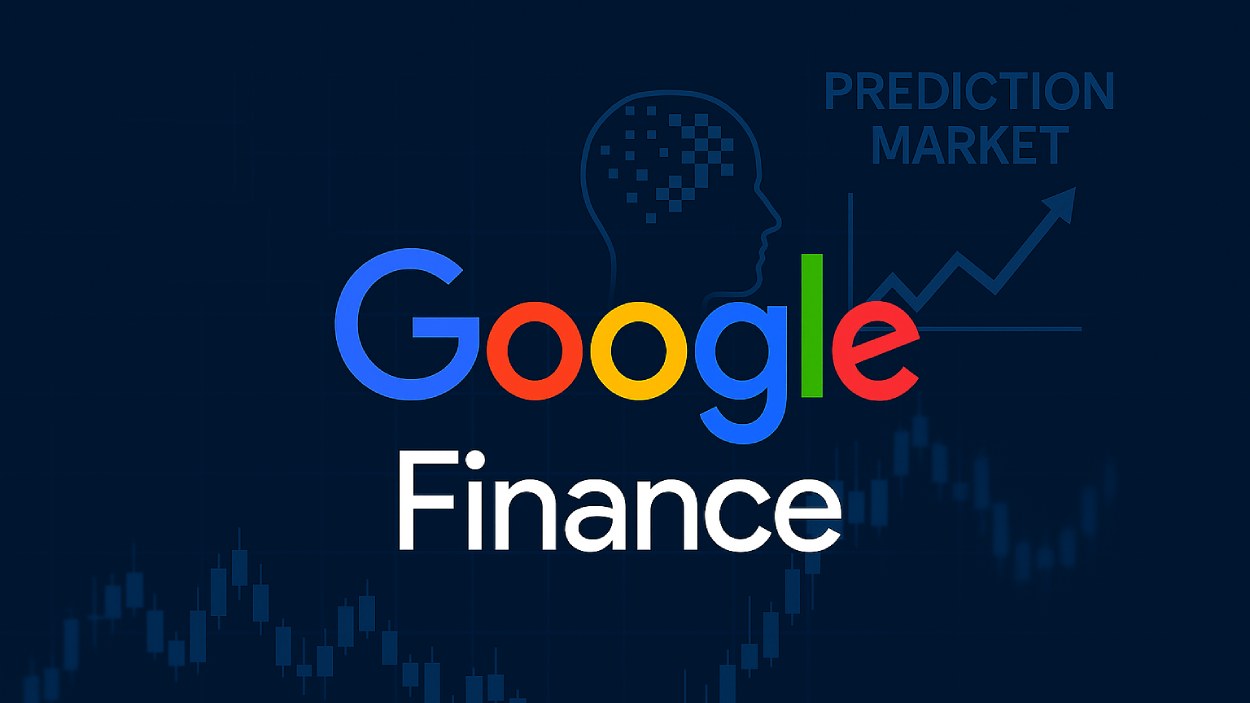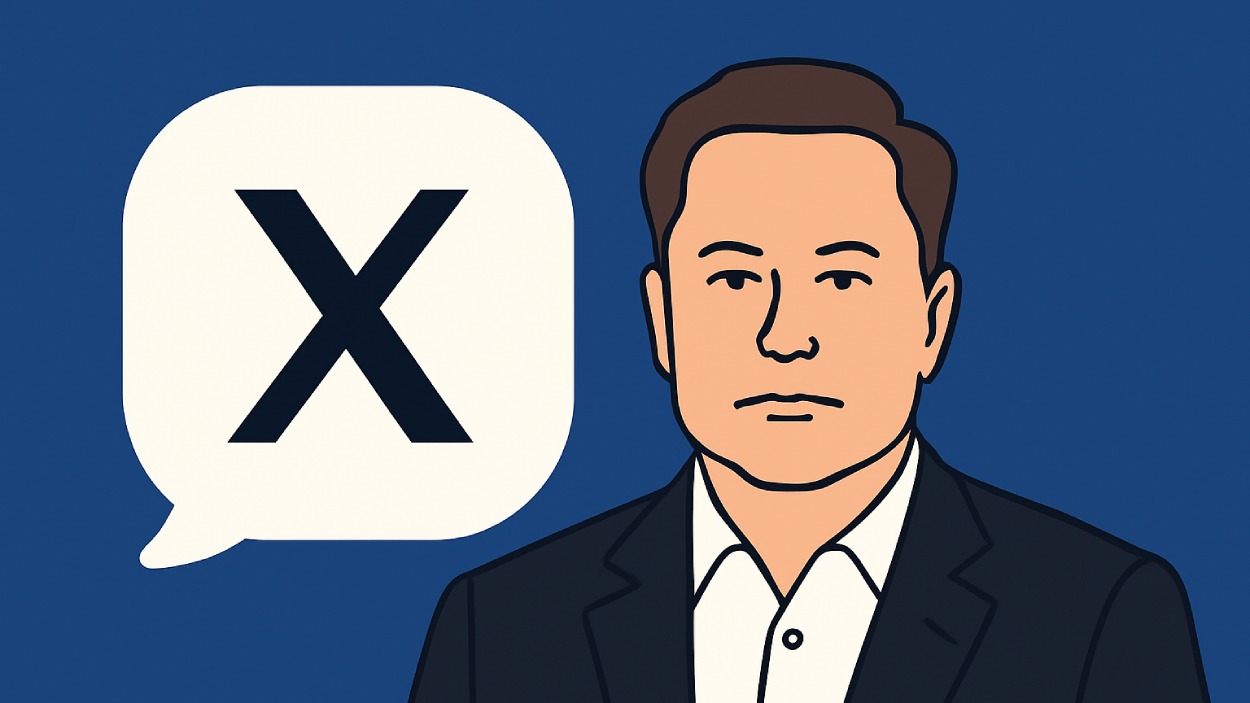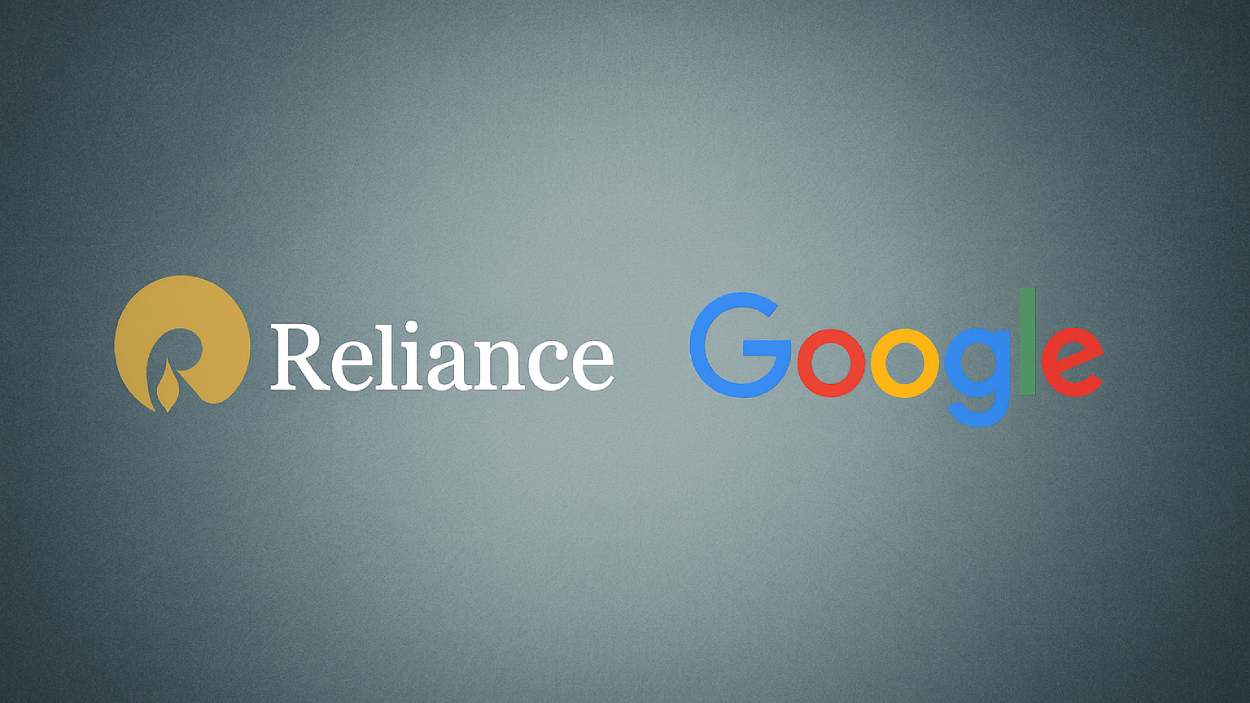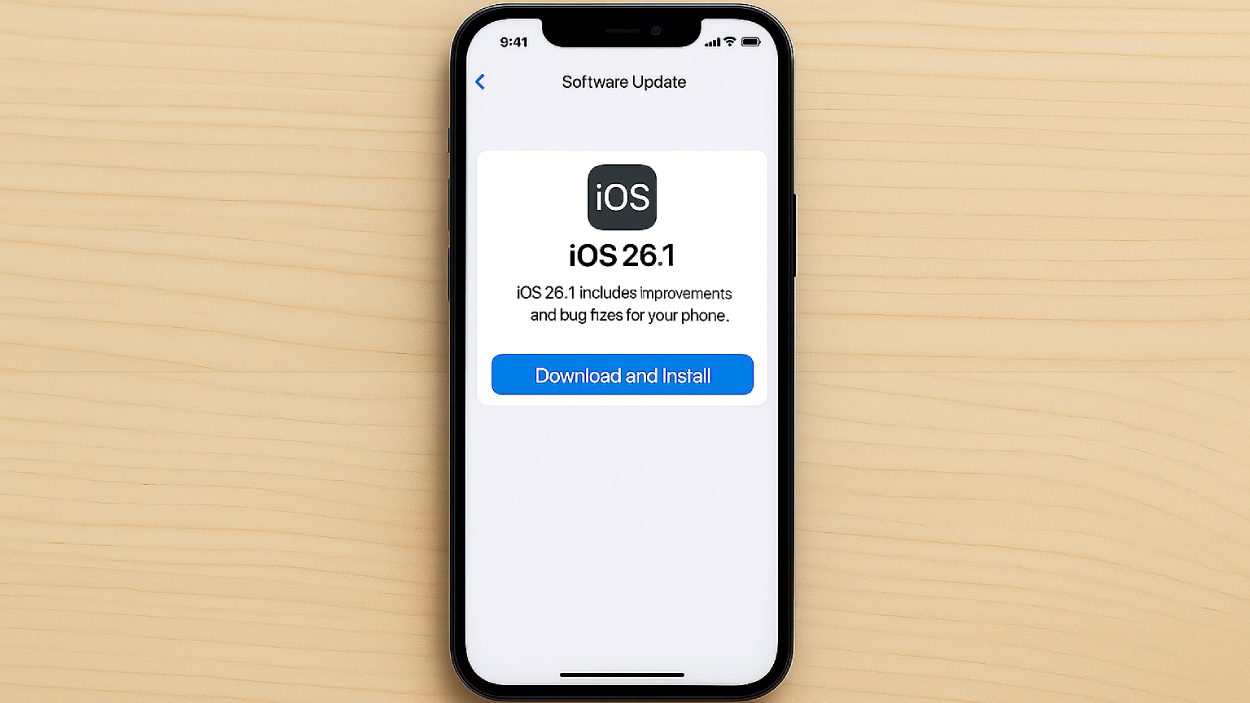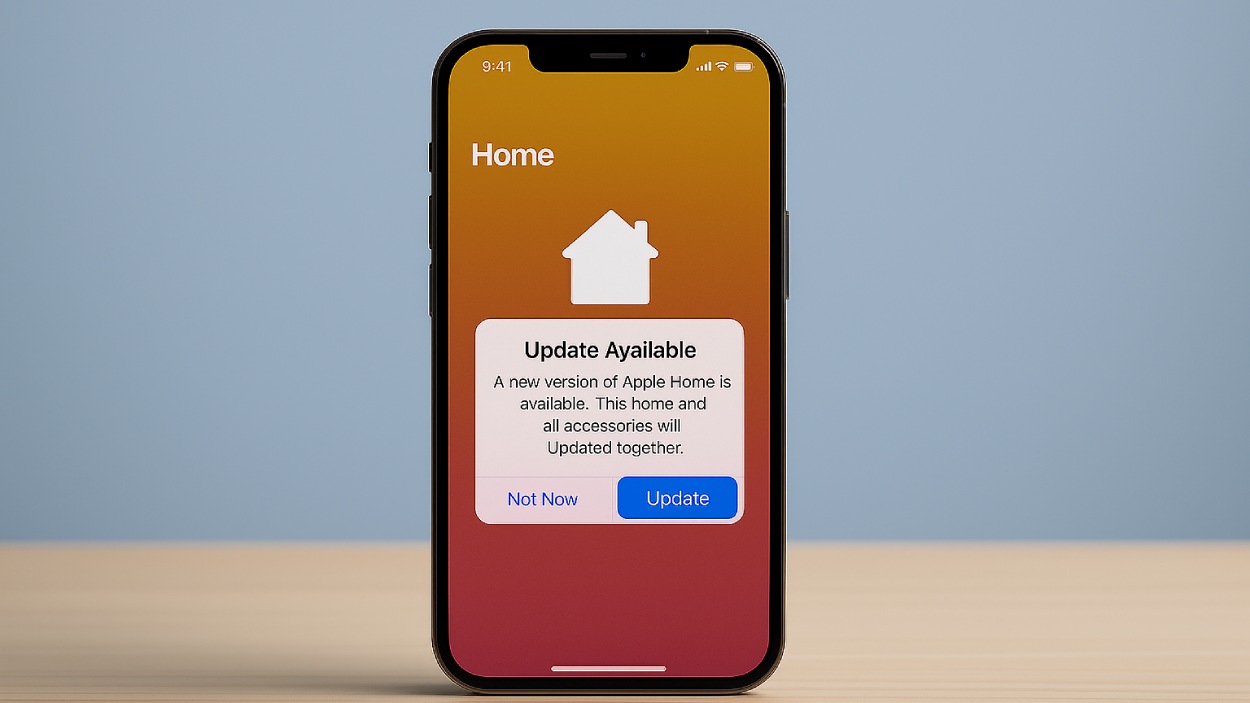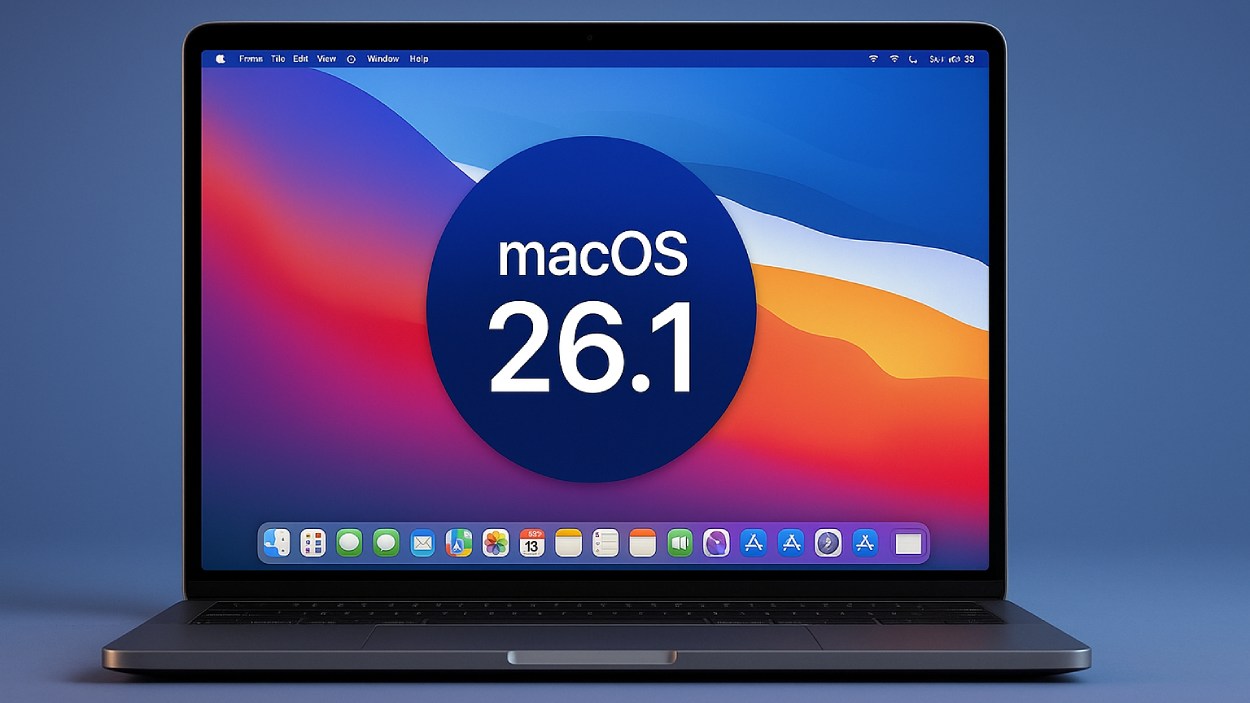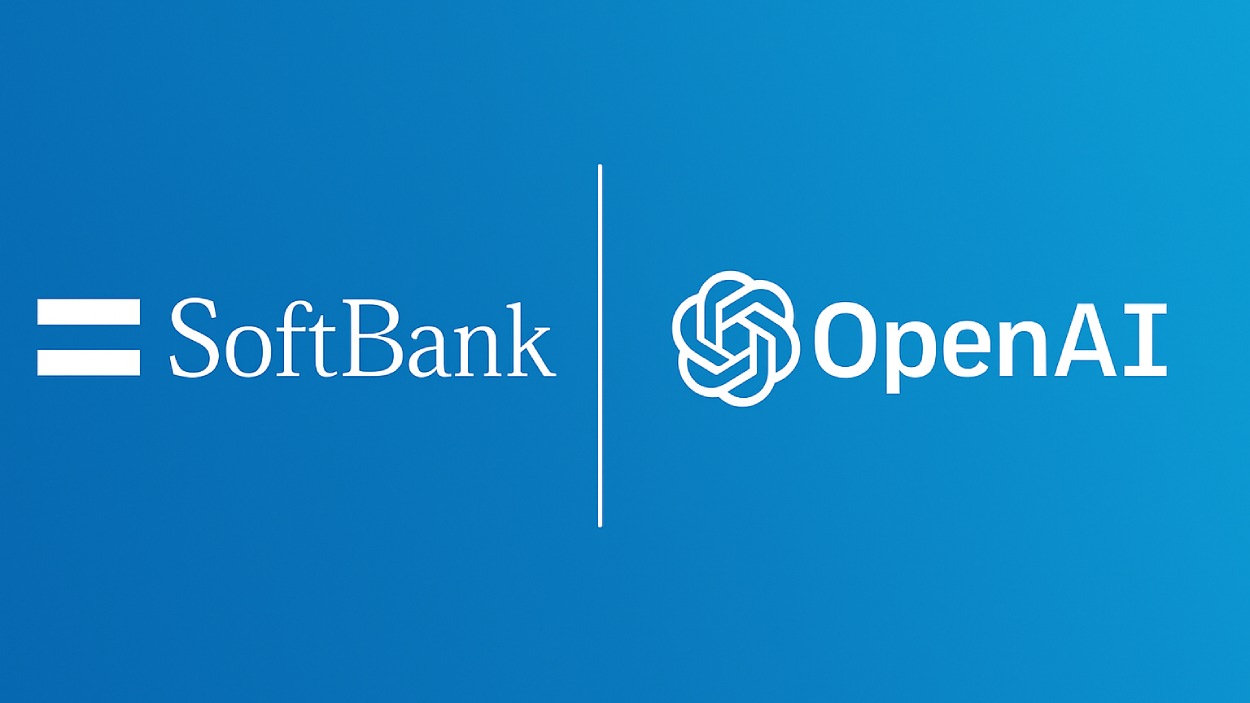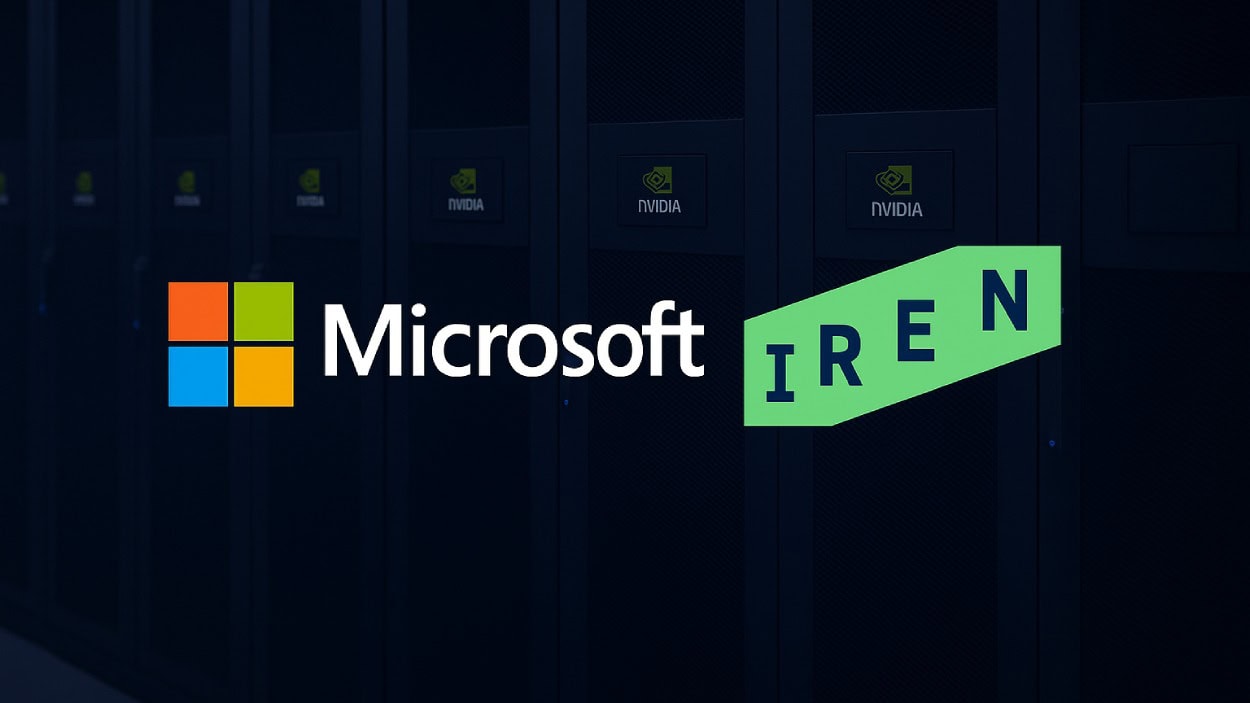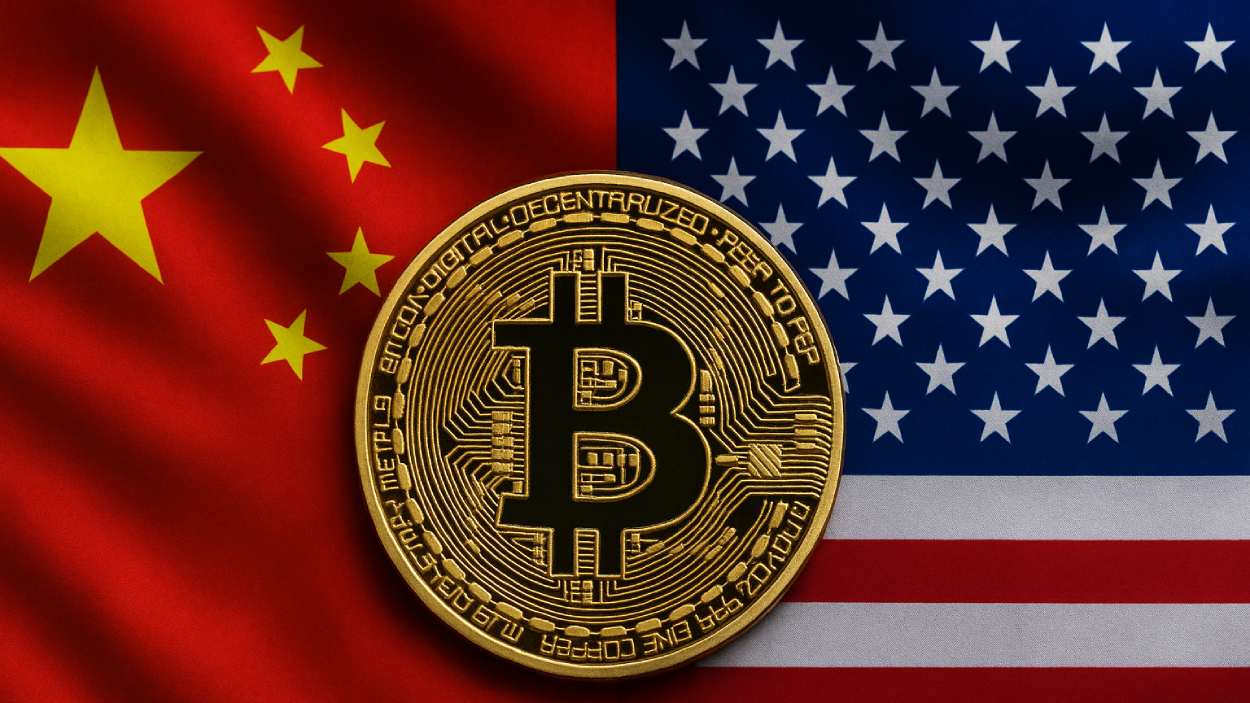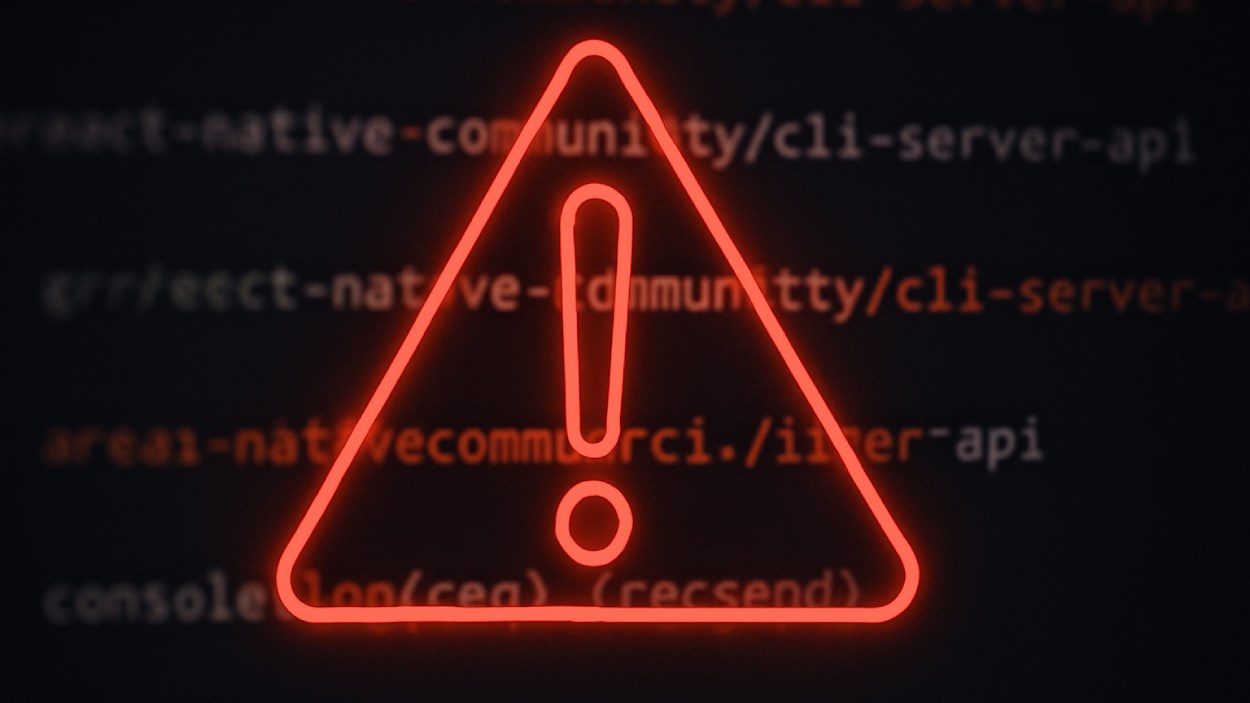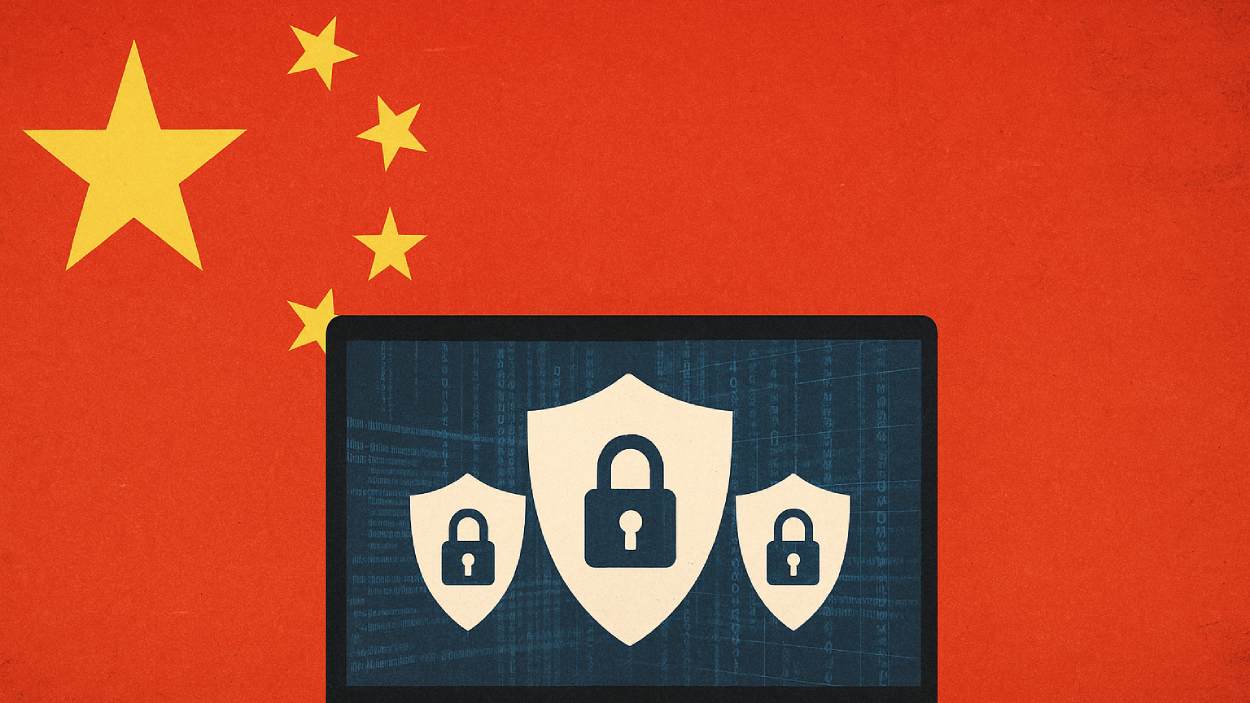Singapore’s DBS Bank and JPMorgan’s Kinexys unit are teaming up to create a seamless blockchain payment link for institutional clients across borders and time zones.
Quick Summary – TLDR:
- DBS and JPMorgan are building an interoperability framework to transfer tokenized deposits across different blockchain networks.
- The initiative connects DBS Token Services and Kinexys Digital Payments, spanning both public and permissioned blockchains.
- Clients will be able to send and receive tokenized funds in real time, 24/7, across banks and countries.
- The project reflects a growing global trend in adopting tokenized finance among major banks.
What Happened?
DBS and JPMorgan have announced plans to develop a blockchain-based interoperability framework that will enable round-the-clock, cross-border transactions of tokenized deposits between their digital platforms. The move represents a significant step toward a more unified and accessible blockchain ecosystem for institutional banking.
🚨 BIG: JPMorgan and DBS have announced plans to build a tokenization framework for interbank deposits.
— Pumpius (@pumpius) November 11, 2025
Curious timing, isn’t it?
The same banks that once dismissed blockchain are suddenly working on tokenized deposits, instant settlement, and cross-border liquidity. It sounds… pic.twitter.com/TB3PPqGmb1
Building a Seamless Blockchain Network
The two financial giants are working to link their individual blockchain networks. DBS Token Services and JPMorgan’s Kinexys Digital Payments into one interoperable system. This would allow clients from either bank to transact using tokenized deposits across public and private blockchain networks.
Currently, each bank already supports real-time payments within its own system. The new framework aims to extend that capability to cross-bank and cross-chain transactions, eliminating the reliance on traditional banking infrastructure.
The interoperability system would allow, for example:
- A JPMorgan institutional client to use JPM Deposit Tokens (JPMD) on the Ethereum-based Base blockchain.
- To pay a DBS client, who could then redeem or hold those tokens through DBS’s permissioned blockchain platform.
This setup ensures that tokenized deposits across banks maintain their “singleness of money”, meaning each token maintains equal value and fungibility, regardless of the issuing bank or blockchain.
A New Standard for Cross-Border Digital Payments
The initiative is aimed at reducing the fragmentation in today’s digital asset ecosystem. By building an interoperability “highway,” DBS and JPMorgan are hoping to make it easier for institutions to move money instantly and securely, no matter where they are or what platform they use.
Rachel Chew, Group Chief Operating Officer and Head of Digital Currencies at DBS Bank, emphasized the strategic importance of the project:
Naveen Mallela, Global Co-Head of Kinexys by JPMorgan, echoed the sentiment, stating:
Global Momentum for Tokenized Finance
This partnership is not happening in isolation. A 2024 survey by the Bank for International Settlements (BIS) found that nearly one-third of commercial banks worldwide have either launched, piloted or explored tokenized deposit services.
Other global banks are also jumping in:
- BNY Mellon is reportedly evaluating blockchain-based deposit payment services.
- Major UK banks like Barclays, Lloyds and HSBC are launching pilots of tokenized sterling deposits.
- Central banks, including the Bank of England, have expressed support for exploring tokenized banking solutions.
The JPMorgan-DBS initiative could become a benchmark model for future collaborations between major financial institutions across different regions and regulatory environments.
SQ Magazine Takeaway
I’m really excited to see this kind of serious progress in blockchain finance. When two of the world’s biggest banks, one from the US and one from Asia come together to solve real-world problems like fragmented payment systems, it’s not just talk. It means tokenized finance is starting to work the way we hoped: faster, cheaper, and available all the time. I think this framework could inspire a wave of similar collaborations and eventually make cross-border banking as simple as sending an email. This is big.




